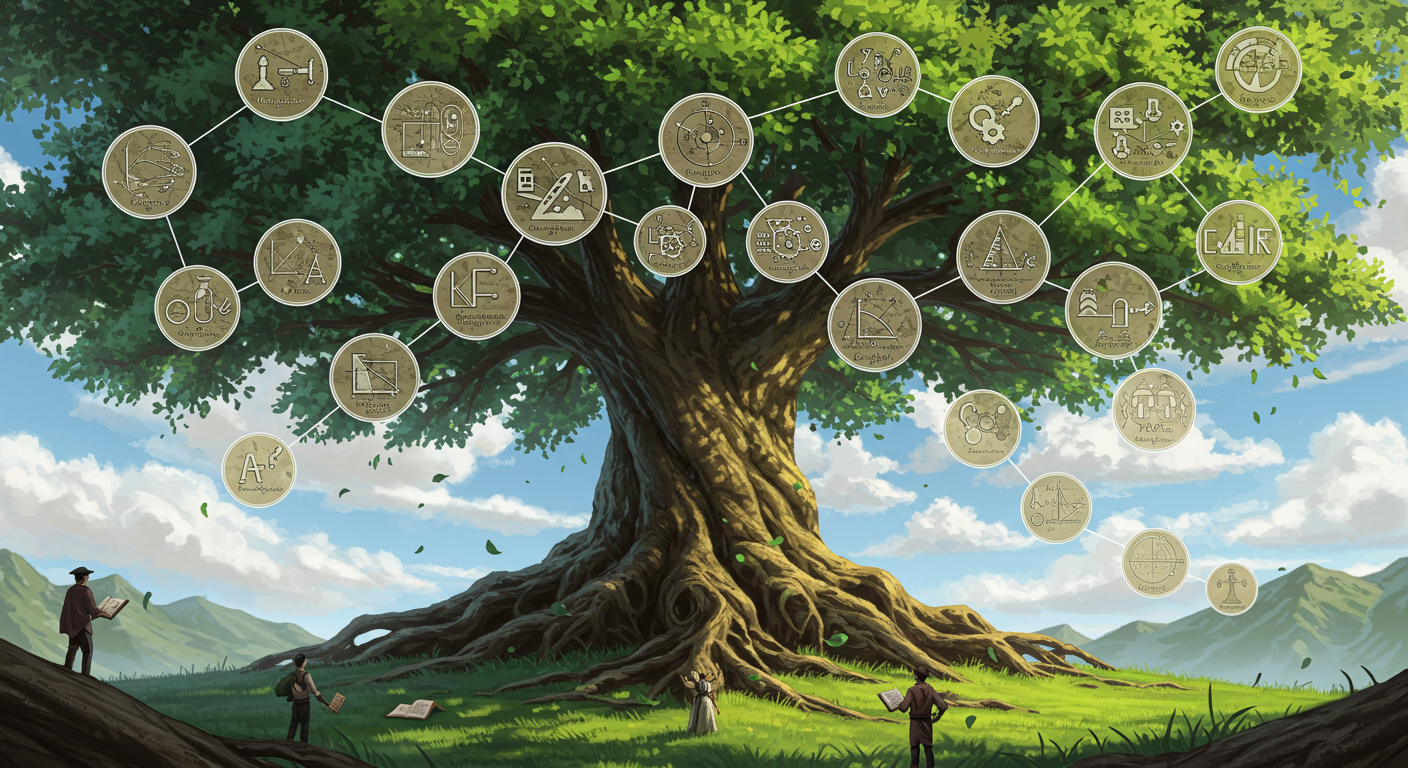The phrase ‘アホボケ’ (Aho Boke) is commonly used in Japanese as an insult, often in a playful or teasing manner. However, the term ‘ボケ’ (Boke) might have an intriguing connection to the photography world, where it refers to the aesthetic quality of the blur in an image’s out-of-focus areas, known as ‘bokeh’. But does this connection stem from the concept of ‘blurry’ or ‘foolishness’? Let’s delve into this interesting question and explore the possible relationship between language and photography.
1. Understanding ‘アホボケ’ (Aho Boke) in Japanese
The term ‘アホボケ’ is an informal, often comedic insult in Japanese. ‘アホ’ (Aho) translates to ‘fool’ or ‘idiot’, and ‘ボケ’ (Boke) refers to something like ‘foolishness’, ‘blur’, or ‘silliness’. In the context of the phrase, ‘ボケ’ is generally understood as referring to a lack of clarity or focus, indicating that the person being insulted is acting out of touch with reality or engaging in silly behavior.
However, when ‘ボケ’ is used as an insult, it doesn’t directly relate to photography but rather points to a lack of focus or sense, which is why it could be seen as a metaphorical usage of ‘blur’ or ‘lack of sharpness’.
2. The Photography Connection: What Is ‘Bokeh’?
In photography, ‘bokeh’ refers to the quality of the out-of-focus blur in a photograph, often seen in the background of a portrait or macro shot. The term comes from the Japanese word ‘ボケ’ (Boke), which means ‘blur’ or ‘fuzziness’. ‘Bokeh’ is a popular term in the photography community, and it has been used globally to describe the aesthetic quality of the blurred areas in an image.
While the word ‘ボケ’ in photography refers to the intentional softness and blur, in the case of ‘アホボケ’, it’s used in a much more negative, derogatory sense, referring to something or someone that lacks clarity or sharpness, metaphorically suggesting a lack of focus or intelligence.
3. The Relationship Between ‘Aho Boke’ and ‘Bokeh’
Is there a direct connection between the two uses of the term ‘ボケ’? While both terms share the same kanji, the meanings diverge significantly. In ‘Aho Boke’, the term describes a person’s behavior or actions as foolish or lacking clarity, metaphorically suggesting that their actions are ‘blurred’ or unfocused in a cognitive sense. On the other hand, ‘bokeh’ in photography refers to the blur created by out-of-focus light sources, valued for its artistic effect.
The overlap in meaning lies in the concept of ‘blur’ or ‘lack of sharpness’, but the contexts are vastly different. In short, the similarity between ‘Aho Boke’ and ‘Bokeh’ is more coincidental than intentional, with the two terms evolving independently in their respective fields of language and photography.
4. Conclusion: ‘Aho Boke’ and ‘Bokeh’—Two Terms with a Common Root
In conclusion, the term ‘アホボケ’ (Aho Boke) is not directly related to photography’s ‘bokeh’, despite both terms sharing the same kanji. While ‘bokeh’ in photography refers to an artistic blur, ‘Aho Boke’ in Japanese language refers to a person acting foolishly or lacking clarity in their actions. The connection between the two terms is more linguistic than conceptual, with ‘boke’ in both cases indicating some form of blurriness or lack of focus.
The phrase ‘Aho Boke’ can be seen as a metaphorical use of ‘blur’ in the context of behavior, while ‘bokeh’ in photography represents a deliberate artistic choice to create visually pleasing blur. While the terms share a common linguistic root, they are used in very different contexts.



コメント